What is Fire Emblem? Learn about the classic SRPG
An introduction to Nintendo’s cult tactical series
Prepare your strategy

Mario, Zelda, and Metroid star in some of the most beloved franchises in all of gaming, but some of Nintendos oldest properties have never really caught on in the west (and thats even if Nintendo bothered to localize them). Fire Emblem is one such series, and the most recent entry, Fire Emblem: Awakening, is just hitting US stores. Yet, as exciting as that new release might be for franchise fans, Fire Emblem leaves the majority of gamers confused by each new tactical entry.
Now that interest in the series is as higher than it has been in some time, we created this feature in the hopes of clearing some things up about its substantial history and seemingly arcane rules. Whether youre totally new to the series or in need of a refresher before Awakening hits the 3DS, this should at least give you some idea of why Fire Emblem has been around for more than 20 years
The series that dates back to the 1980s
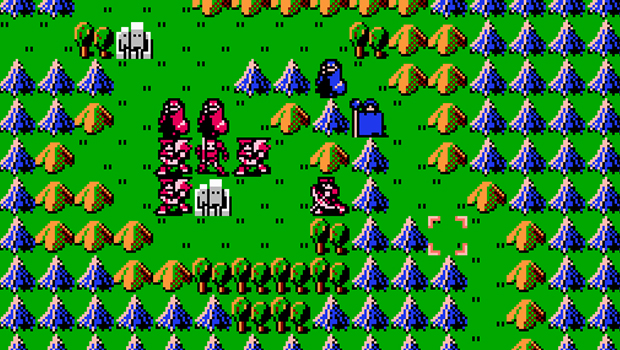
Currently known as Intelligent Systems, the dev group started as a support team that assisted other internal Nintendo developers. One of the first games the team made on its own was Famicom Wars, the strategy franchise that finally arrived on US shores with the GBA entry Advance Wars. After its first foray into tactical gameplay, the developers decided to create another game in the genre, this time with a deeper story and fantasy setting. Intelligent Systems conceived a top-down game featuring grid-based maps, where players took turns moving units like chess pieces in an attempt to clear the board of enemies. The game was Fire Emblem.
While Americans were enjoying Super Mario Bros. 3 on their NES consoles, deeper games like Fire Emblem were big hits on Nintendo of Japans Famicom. But success in Japan didnt always translate into international sales, and back then Nintendo was hesitant to localize complex titles like FE. Only massive franchises like Final Fantasy and Dragon Quest were given a chance, and after those failed to catch on in America, Nintendo chose to keep smaller titles like Fire Emblem exclusive to its side of the Pacific.
Pro-tip: Rock-paper-scissors equals sword-ax-lance

The core of Fire Emblems tactical gameplay has always focused on balancing the different weapon types. Though having a varied collection of classes on your team will make you more prepared for an upcoming assault, when the action finally goes down, it often comes down to the base qualities of the three primary weapon types. Simply put: sword beats ax, ax beats lance, lance beats sword.
The same easy-to-grasp approach is the core of hits like Pokmon and Advance Wars, and like those games, Fire Emblem builds on that concept as the campaign progresses. Players will learn that ranged units beat flying riders, heavily armored knights cant take a good hammering, and mages can do ranged and close combat, but arent very durable. By the end of the game youve internalized an impressive collection of rules, and it's all founded on something as simple as rock-paper-scissors.
Its the epitome of hardcore
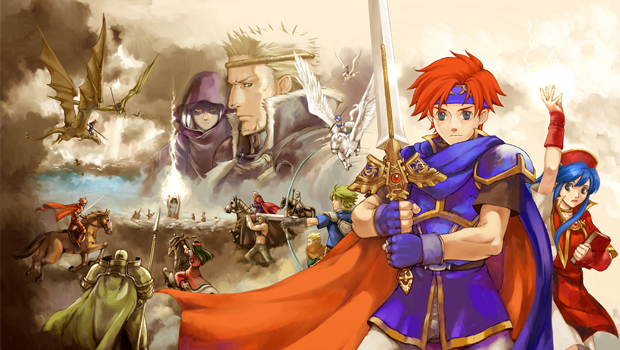
Its not just the Japanese exclusivity that made Fire Emblem an anomaly among Nintendo franchises. Unlike the customary Nintendo design philosophy of inviting gameplay and crafting unpredictable sequels, Fire Emblems gameplay has remained largely unchanged in every release that followed the Famicom original. And that gameplay is punishing.
Weekly digests, tales from the communities you love, and more
Firstly, when a valued team member dies--even one that youve leveled up over a 40 hour campaign--that death is permanent. When thats combined with the fact that you can only save outside of battle, it means that you have to completely restart any lengthy skirmish if you want to try to prevent that characters death the second time around. Those consequences give extra weight to every action, but the penalty has often seemed too steep for some. In spite of that design being a potential barrier to entry, Intelligent Systems has stayed committed to FEs demanding gameplay, though recent releases do give players the option to switch off permadeath and limited saves.
A random approach to continuity
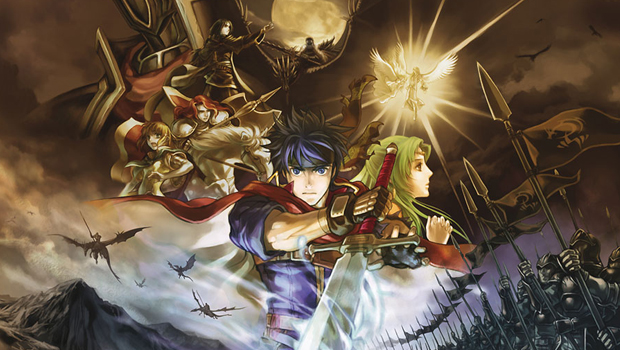
The way Fire Emblem deals with continuity is another factor that makes it an odd duck in Nintendos stable of hits. While Mario, Donkey Kong, and Pokmon barely acknowledge any connection between most of their releases, half of the time Fire Emblem creates direct sequels to its games. The other half of the time--perhaps to keep players on their toes--each new entry has virtually no connection to the previous game.
The first game not only had a direct sequel on the Super Famicom--there was also a side game released on the Famicom. Then the series started a new storyline in the next Super Famicom entry, and another new narrative began that was shared by two FE titles on GBA. The GameCube and Wii releases were also directly related, but unconnected to any previous entry, while the most recent release for the 3DS seems like it could be tangentially related to multiple previous entries thanks to its retro approach to DLC. Tracking this fluid history is a treat for hardcore fans to follow, but its likely another reason the series seems unfathomable to the uninitiated.
Blue hair and blue armor are a must
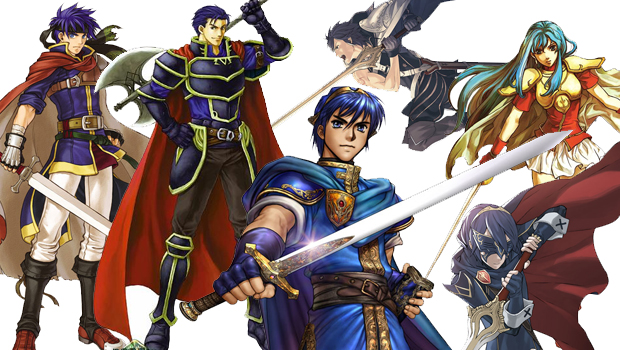
One last thread found throughout Fire Emblem is that many of the lead characters are stoic men that favor the color blue. It all began with the first hero, Marth, setting the standard with his valiant swordplay and blue-tinted hair. After Marth made it famous, that look was adopted by champions Ike (Fire Emblem: Path of Radiance), Hector (GBAs first Fire Emblem), and Ephraim (The Sacred Stones). Even several high profile women in the series, like Shiida and Erika, have adopted the look.
Even though that aesthetic is pretty ubiquitous, a lesser known, but almost-as-prevalent design tradition is the brown-haired lead. Half the Super Famicom and GBA releases starred hazel-headed men like Eliwood and Leif, and the trope is exemplified for US fans by Super Smash Bros. alum Roy. The games had been alternating the looks of the heroes for some time, but Awakening seems firmly in the blue camp as exemplified by cover stars Chrom and Marth, though were not sure about this new Marths relationship to the original.
Caught up in the console war
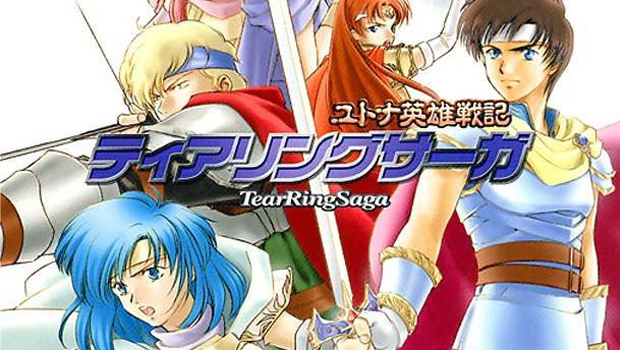
Fire Emblem had years of success in Japan while it ignored America, releasing titles on the Super Famicom all the way up until 2000. In fact, the series completely skipped the N64, though one entry was developed for the 64 Disk Drive, and was ultimately cancelled following the failure of that console add-on. But even though the games ignored the Nintendo 64, FE did get caught up in the systems battle against the PlayStation.
Back in the late 90s, FE creator Shouzo Kaga left Nintendo to form developer Tirnanog to create a PlayStation exclusive fantasy series that was eerily similar to Fire Emblem. The gameplay matched, characters were designed by FE vet Mayumi Hirota, and the game was even originally announced as Emblem Saga. That was enough for Nintendo to sue the developer, and after a lengthy court battle, Nintendo was given a monetary settlement. But the game, now renamed The Tear Ring Saga, was not judged to be infringing on the FE copyright and continued to be sold in stores. Though Tear Ring garnered a sequel, its basically defunct now.
Smash Bros introduces Fire Emblem to the world
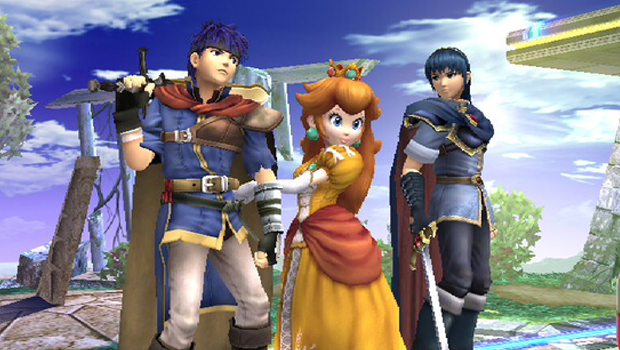
Despite Nintendos legal issues, Fire Emblem continued to be such a hit that the first Smash Bros. sequel, Super Smash Bros. Melee, gave tribute to FE. Both original star Marth and the most recent lead, Roy, were playable in the game, though Nintendo almost cut them from the western release since the series had never been released stateside. Ultimately the two fighters were kept on the roster, and that was a boon for Smash fans, because both became some of the most played characters in the game.
Thanks to Smash Bros., Nintendo saw unprecedented fan interest in a series that was once unknown to all but the most dedicated of game importers. Nintendo decided it was time at last to localize the series, starting with the simply titled Fire Emblem on GBA. That game might not have been the best choice due to the complicated story that relied on plot points from its Japan-only predecessor. The next entry was Fire Emblem: The Sacred Stones, a portable adventure that was designed to be a fresh start for US fans (though it also saw modest sales at best).
The struggle to find a new audience

Despite the subdued launch in the US, it appeared that Nintendo wasnt going to back off on Fire Emblems new international status. From 2003 to 2009, Nintendo released new entries on the GBA, GameCube, Wii, and DS, even remaking the original game in the series for the dual-screened portable. However, while the games maintained cult popularity, they werent seeing a fraction of the success of new Nintendo franchises like Brain Training or Wii Sports.
After several attempts at reintroducing the series to the masses, it seemed like Nintendo might have given up on Fire Emblem in 2010. That year, Japan saw the release of a second DS remake for Fire Emblem, while the game completely skipped the US. That, plus Nintendos year-long silence on localizing a new 3DS Fire Emblem, made the series US future seem grim. The outlook for fans finally brightened when Nintendo of America president Reggie Fils-Aime gave a casual confirmation of the franchises future during E3 2012.
A brand new day is awakening
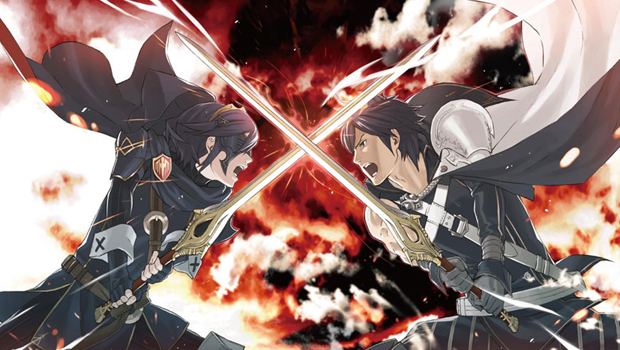
After going quiet for years, Fire Emblem looks to be getting a second chance in the US with Fire Emblem: Awakening, and it helps that the 3DS game is the most inviting series entry to date. The more hardcore gameplay elements can be switched off, the storytelling and graphics have been stepped up considerably, and its surprisingly rich DLC adds multiple classic characters to the roster, a feature that might act as an introduction to the franchises complex history.
But even if Awakening isnt a blockbuster in the US, the next entry has already been announced with some fanfare. Not only is the sequel coming to the Wii U--the franchise is crossing over with the well-established (and almost as niche) Shin Megami Tensei. Not much has been revealed about Shin Megami Tensei X Fire Emblem, but the fact that it was revealed internationally instead of at a Japan-only event is good sign of Nintendos current global outlook on the franchise.
The fire still burns
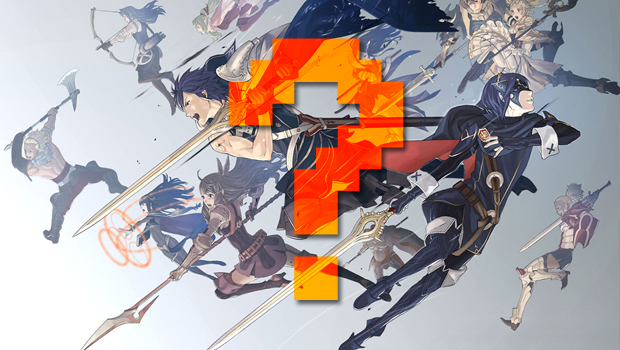
Do you understand Fire Emblem a little better now? Are you ready to dive into Awakening? Or do you still have questions about the offbeat series? Let us know in the comments!
And if you're looking for more history on Japanese gaming, check out the weirdest games to ever get localized from Japan and our list of the defunct Japanese developers we still miss.
Henry Gilbert is a former GamesRadar+ Editor, having spent seven years at the site helping to navigate our readers through the PS3 and Xbox 360 generation. Henry is now following another passion of his besides video games, working as the producer and podcast cohost of the popular Talking Simpsons and What a Cartoon podcasts.



